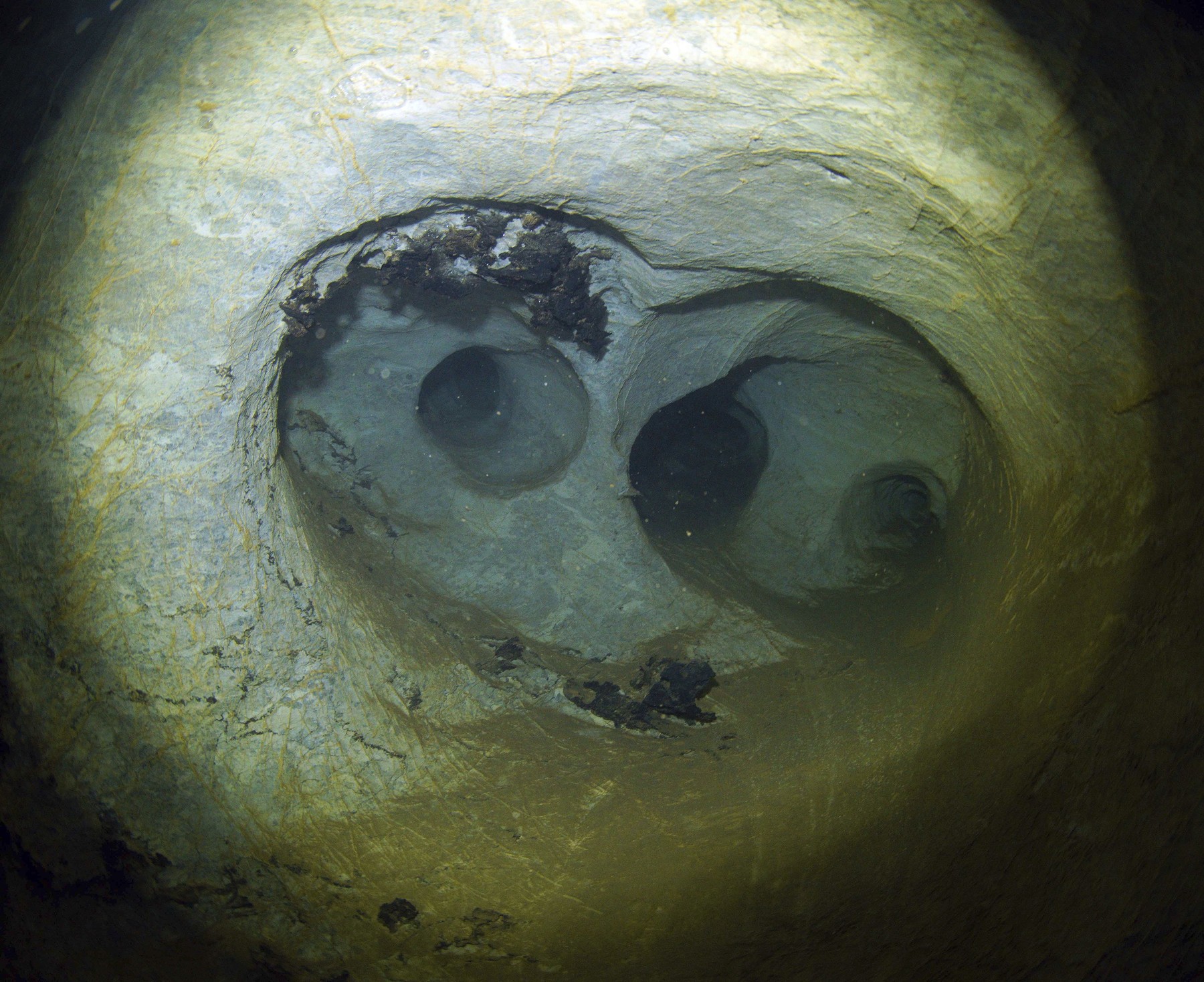Perhaps the best-known exoplanet system is TRAPPIST-1, about 40 light-years away. The most exciting part of the discovery was that these planets are rocky planets, and three of them orbit in the habitable zone of their star, and are similar in size to the rocky planets in our solar system.
at recent days James Webb Space Telescope They examined TRAPPIST-1b, the planet closest to the system’s star, and concluded from infrared measurements that this planet is unlikely to have an atmosphere. On the surface of the day side of the planet approx. There’s a heat of 500 degrees Kelvin (227 degrees Celsius), which might be great if someone wants to bake a pizza, but it’s not good for life. It is also not good news that the planet has no atmosphere, as shown in Published in Nature Study reports too.
The TRAPPIST-1 system has now been examined – Planet AB.
Source: NASA
It was Webb’s first investigation of an exoplanet system, and the first in a series that may reveal whether conditions on planets around small, dense red dwarf stars might be suitable for life. Red dwarf stars of this type are most common in the Milky Way.
The James Webb Space Telescope’s MIRI instrument has been used to measure the planet’s surface temperature, or more precisely, how much heat it’s emitting in the form of infrared light. At the same time, it became the first small, rocky exoplanet whose light was directly detected (even if it’s infrared, it’s still light).
The measurement was taken as Planet 1b crawled past its star.
Source: NASA, ESA, CSA, Joseph Olmsted (STScI)
TRAPPIST-1b orbits close to its star a hundred times closer than Earth does to the sun, but four times as energetically reaching its surface, thanks to the fact that its star is an ultracool dwarf star, known as an M-dwarf. All planets in the system fit into the orbit of Mercury and receive a similar amount of energy from their star. Planet 1b is not one of those orbiting in the habitable zone, but based on its characteristics it can be concluded that it and other M dwarf planetary systems.
“There are ten times more M-dwarfs in the Milky Way than Sun-type stars, and they have twice the chance of hosting a rocky planet compared to Sun-type stars. However, these dwarfs have a very violent nature, they are very bright and active like young stars, They emit starbursts in the X-ray range that can sweep through a planet’s atmosphere, explained Thomas Green, lead researcher.
Surface temperatures of Earth, exoplanets, and Mercury currently examined. In the case of TRAPPIST-1b, the predicted temperature with typical atmosphere (it would be much lower) and the version without the atmosphere, compared to the measured data, are also included. Measurements and modeling of the version without an atmosphere show roughly the same temperature.
Source: NASA, ESA, CSA, Joseph Olmsted (STScI)
The planet has been previously examined with the Hubble and Spitzer space telescopes, and although its atmosphere was not visible with them either, its presence cannot be completely ruled out. Now, however, another method has been used. The planet has a fixed orbit, that is, it is constantly rotating on the same side towards its star. If it had an atmosphere, then because of its winds, the temperature of the day side would be lower than in the absence of an atmosphere. The researchers now control the measurements so that Webb will scan the planet as it slides behind its star. As long as the planet is next to the star, the infrared radiation from the daytime side also reaches us along with the star’s radiation, and then, as soon as it moves behind the star, the planet’s radiation disappears from the measurement. The difference between the two gives you the surface temperature of the planet.
The researchers were a bit afraid that their calculations would be inaccurate and that they would miss the time the planet passed behind its star, but observations revealed that they were able to time the eclipse to an accuracy of a few minutes – that’s a good result for a planetary system 40 light-years away!
Based on the measurements, the infrared signals from the planet are exactly what it would be like from an celestial body without an atmosphere, i.e. 1b is bare rock without a gaseous envelope.










































